How to choose the best Forestry Tire for your application?
Loggers ask a lot from a forestry tire, operating powerful machinery in the most challenging terrains. The best forestry tires help get equipment in and out of hard-to-access sites, provide stability while carrying heavy loads, and improve productivity.
While there are numerous brands and styles of logging tires, there are some characteristics that all great forestry tires share. It is important to understand what these key features are and what they offer in order to pick the right tire for your operation. Some key features include specialized tread compounds, extra-deep lug profile, steel-belt construction, self-cleaning tread design, additional ply ratings, and reinforced beads. But which features are necessary for your application? Keep reading to discover the key features you should look for when picking a forestry tire.
Puncture Resistance
Hazards are the number one obstacle for forestry operations, increasing the threat of punctures and posing a large problem for loggers globally. Stumps, branches, and rocks are some of the key threats in the working environment. When logging machinery is not operational due to a flat, this could mean a day or two of profit loss as loggers operate in the most remote locations. Finding a replacement can also be difficult as tire technicians are not located close to the average job site. This is why MAXAM designed the LOGXTRA series with a compound specifically engineered for forestry service, protecting your operation from everyday hazards, and delivering the value you deserve.
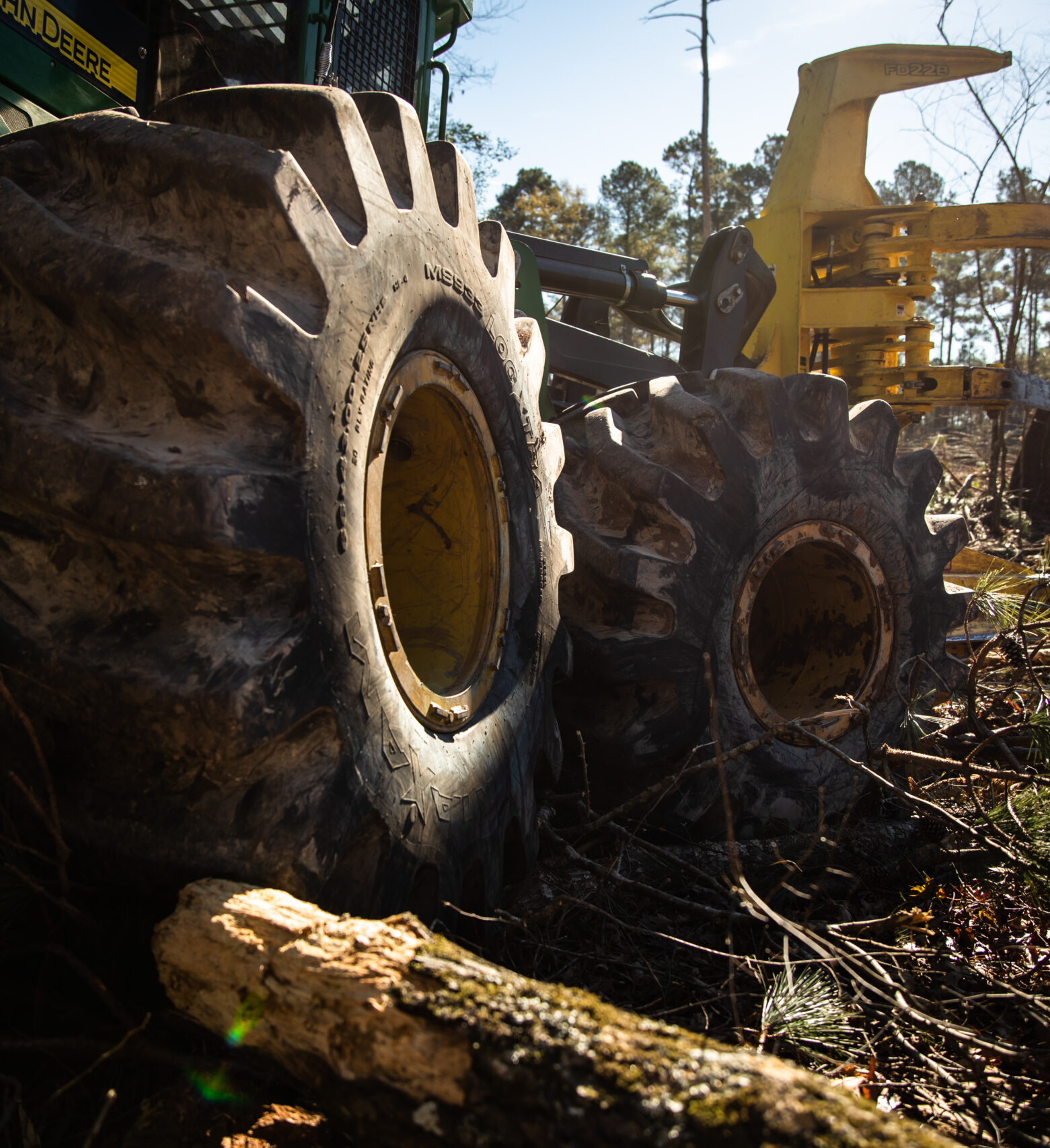
Ply Rating/Load Index
As forestry machinery continues to increase in size and deliver the enhanced power operators’ demand, loggers must consider the tire’s load-carrying capacity and the strength needed to complete their job. The tire’s ply rating is an easy way to determine if the tire is strong enough for the job. The heavier the ply rating, the better suited the tire is for handling the demands of modern logging machinery operating in extreme conditions.
While choosing a heavier, stronger tire with a higher ply rating may lead to an increase in upfront cost, it will however even out the cost as higher ply rating tires last much longer and provide better value throughout ownership. MAXAM is striving to meet the real-world demands our customers face, which is why the MS930, MS931, and MS933 LOGXTRA are offered in various ply ratings to meet your needs.
Construction
When considering the construction of a forestry tire, ensure the tire is both steel belted and engineered with a compound specifically made for the job. These are the two key construction components of a forestry tire as they protect your tires from branches, stumps, and rocks. The compounding for your tires is on the front lines fighting against rocks, branches, and roots that will cause your forestry tires to chunk and chip over time. This is why it is important to have a forestry tire that is made for the job.
MAXAM’s LOGXTRA series features an extra-strong and cut-resistant compound that is made specifically for forestry service, making it durable enough to handle the challenges of operating in a rugged landscape. The LOGXTRA series is also constructed with strong steel belts to prevent punctures and features additional body plies to ensure optimum strength in extreme applications.
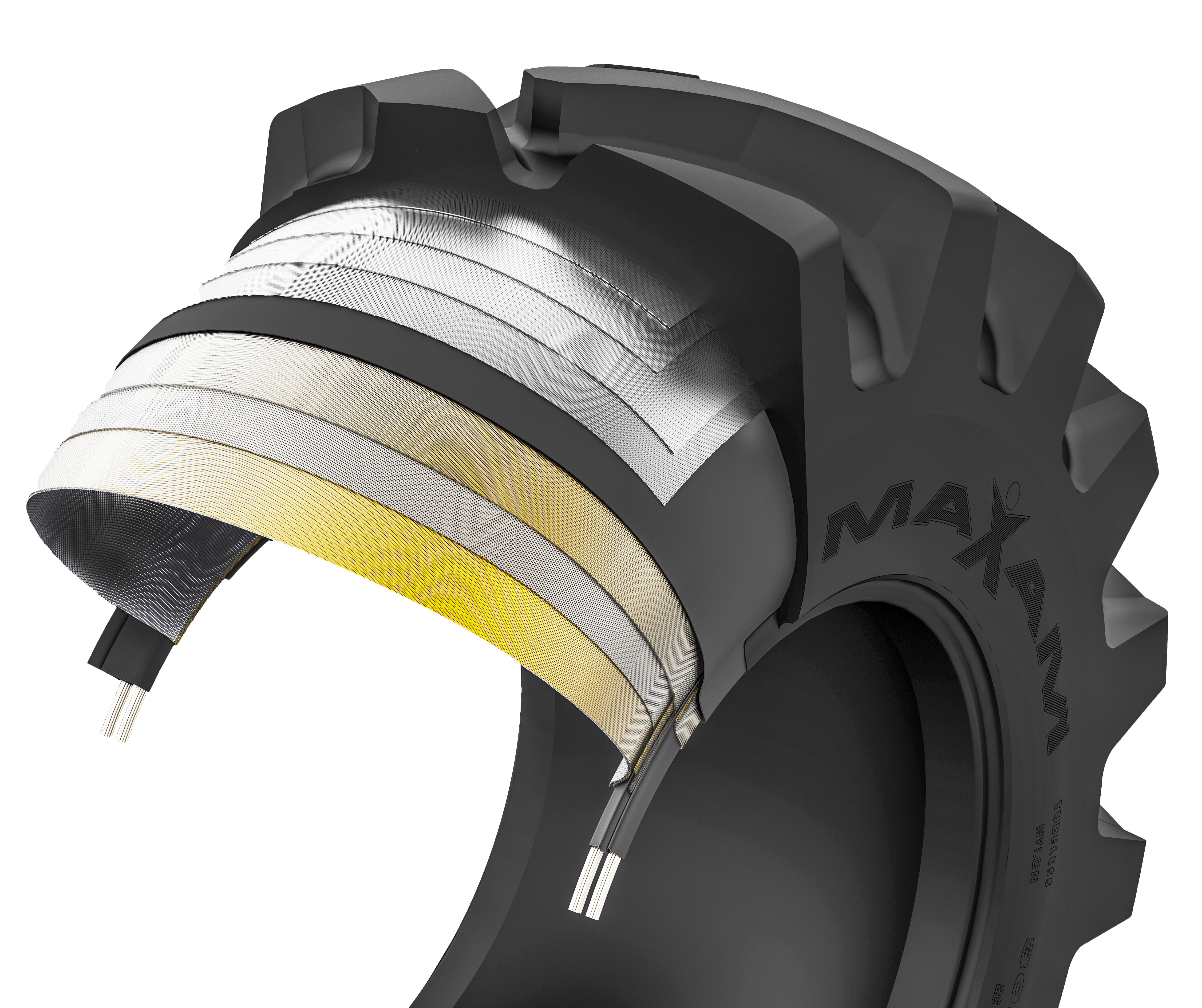
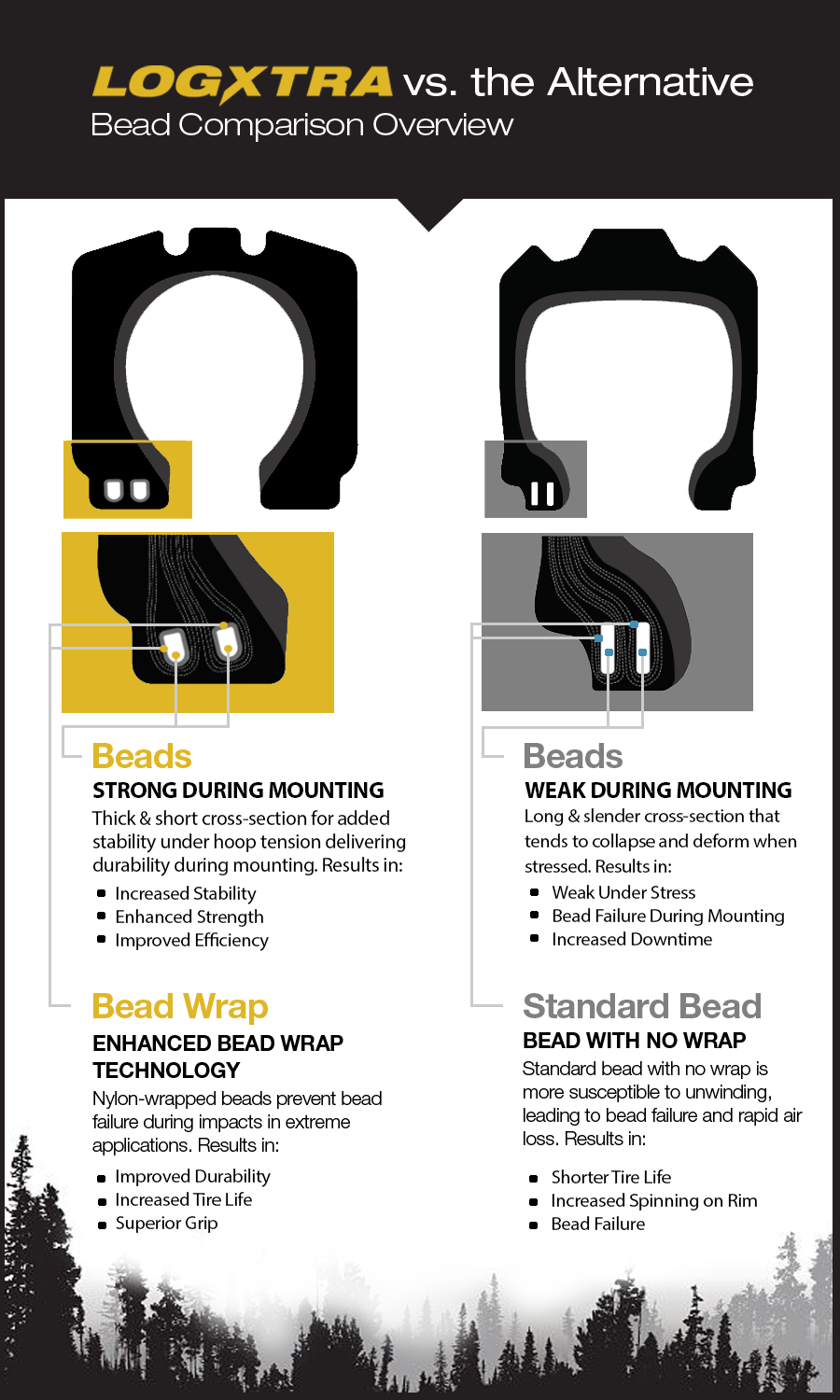
Bead
The performance and longevity of a forestry tire can be significantly impacted by a tire’s bead package. Rim slippage and bead failure during mounting are two occurring challenges for forestry operations. Without a strong bead package, your operation could face a decrease in profit while waiting for a replacement.
MAXAM’s premium LOGXTRA series features advanced bead wrapping technology to prevent these challenges, reducing defects, and increasing tire life. Featuring a thick and short cross section for added stability under tension, the MAXAM bead package provides a stronger tire during mounting compared to our competitors. In addition, our nylon-wrapped beads prevent failures during impacts in extreme applications.
Tread
In a business where small increases in efficiency can add up to the difference between profit and loss, it’s important to pick a tire that conquers the harshest environments with ease. A forestry tire should have a deep and wide tread profile to navigate these terrains, providing the traction required for daily work.
MAXAM’s LOGXTRA Series features an aggressive, extra-wide tread engineered specifically to provide exceptional traction, stability, protection, and self-cleaning capabilities allowing the tires to clear themselves of mud and debris. In addition, the series has an extra-wide shoulder and sidewall, providing the extra strength needed to command the forest while lifting heavy loads.
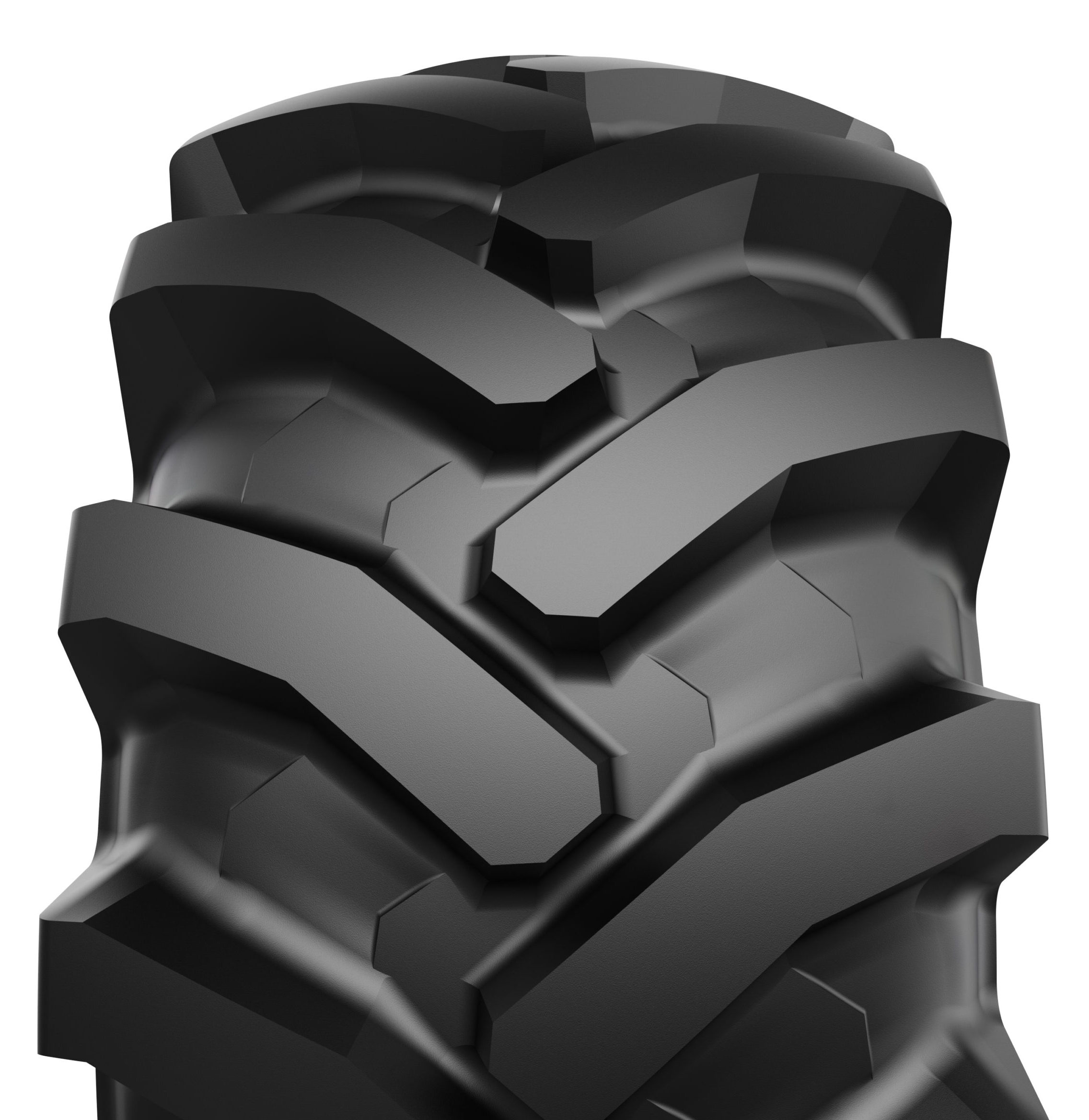

Maintenance
Skidders, forwarders, and drive-to-tree feller bunchers all operate in the most extreme off-the-road conditions. Therefore, forestry tires experience drastic changes; from hot to cold temperatures, mud to rocks, and abrasive soil, causing them to wear prematurely or fail if not properly maintained.
Tire pressure is the most important factor in tire maintenance. Over time, tires will lose pressure naturally and need to be pressure checked/adjusted daily. Running machinery on tires that are not inflated to the manufacturer’s recommended levels of air pressure causes excessive wear, tire separation, and tire-rim slip. The result is reduced tire life, loss of productivity, and increased operating costs.
Keep in mind that underinflation can cause excessive heat buildup leading to damage to the sidewall, beads, or lining of your tire. A drop of 5 psi can lower your load-carrying capacity by 10% and a drop of 10% will shorten your tire life by no less than 10%. Alternatively, an overinflated tire is more vulnerable to impact damage as the additional pressure stresses the casing.
Tires should be visually inspected before every shift for cuts and impacts that could lead to tire failure. Routine maintenance inspections can lead to discovering deeper cuts that have exposed plies. In these cases, removing the tire and repairing it immediately can extend the life of the tire, increasing the site’s profitability.
Operator training and behavior are both critical to extending tire life. The operator who avoids unnecessary backing up, spinning of tires, and erratic movements will extend tire life on the site and increase production. For MAXAM’s full forestry maintenance guide click here.
Meet the LOGXTRA Series
Whether you are facing wetlands, swamps, or steep slopes, you need a solution that can help you harvest every advantage. With the most rugged and reliable lineup of forestry tires, technology, and support, MAXAM Tire moves your operation forward.
The MAXAM forestry product line consists of three series that are developed to handle the extreme. With formidable solutions for soft under-footing and the most demanding conditions, the MS930, MS931, and MS933 are developed to conquer all challenges, no matter the demand.

The MS930 LOGXTRA is designed for use on skidders and feller bunchers. Featuring a high-strength, belt-stabilized tire construction, the MS930 is suitable for all terrains as it provides excellent traction and flotation at an undeniable value. Manufactured with the signature LOGXTRA twin bead package, the thick & short cross-section adds additional strength during mounting, stability under tension, and prevents bead failure during impacts.
The premium MS931 LOGXTRA is designed for use on the most extreme forestry equipment. Providing maximum protection from cuts, impacts & punctures in severe logging applications, the belt stabilized tread design delivers maximum traction in soft under-footing. Featuring the deepest wearable tread in the market, the MS931 was developed with mud breaker layers to ensure excellent self-cleaning capabilities. The large footprint also delivers low soil compaction and enhanced stability.
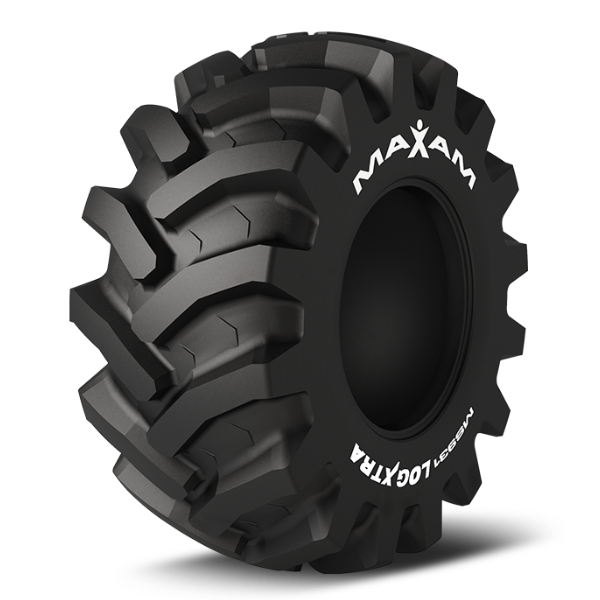
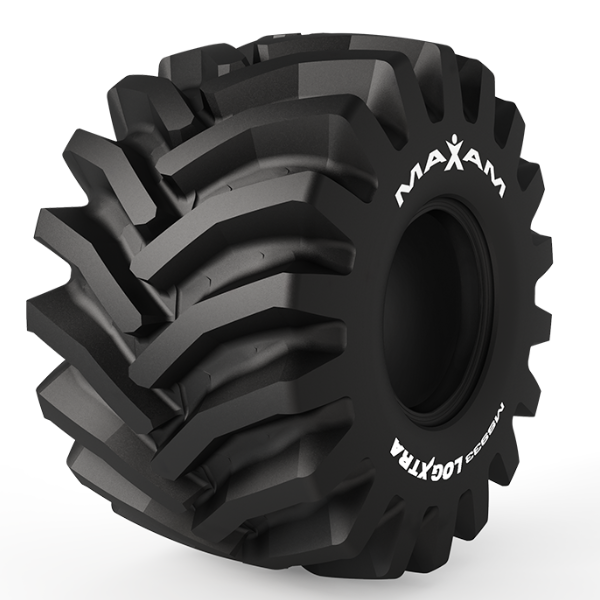
Designed for use on demanding forestry equipment, the MS933 LOGXTRA also features the signature high-strength, belt-stabilized tire construction that delivers excellent traction in harsh logging applications. Featuring a cut-resistant compound specifically engineered for forestry service, the extra-wide footprint provides exceptional flotation in muddy and wet ground conditions.



